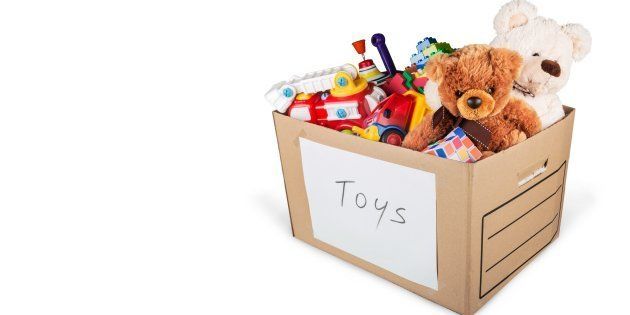
Parents are being urged to be vigilant when buying toys for their children, as an alarming number of toys on store shelves and online are not safe.
This is highlighted in a recent international survey released by World Against Toys Causing Harm (WATCH), which names its 2017 list of toys most likely to cause injuries.
Kirstie Haslam, partner at DSC Attorneys — a Cape Town law firm that specialises in personal injury cases — said that many of the toys mentioned in the report are readily available in stores and online in South Africa.

Here is the 2017 list:
- Hallmark's Itty Bittys Baby Stacking Toy
This Disney-branded toy consists of plush stackable rattling rings. The rings have fabric hats and bows that detach too easily, making them a choking hazard.
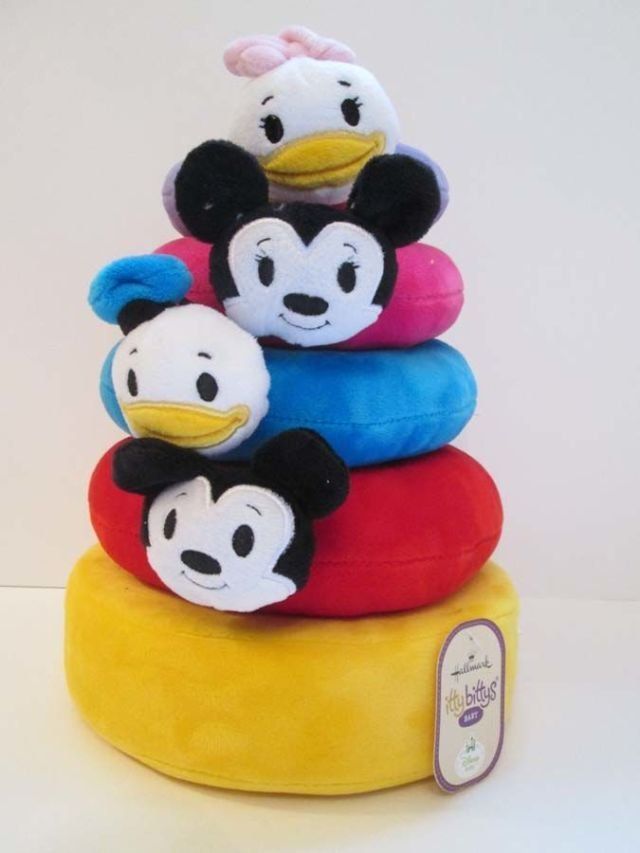
- Tolo Toys' Pull-Along Pony
This plastic pull-along pony has a cord that exceeds the allowable length. This poses a strangulation or entanglement risk to children.
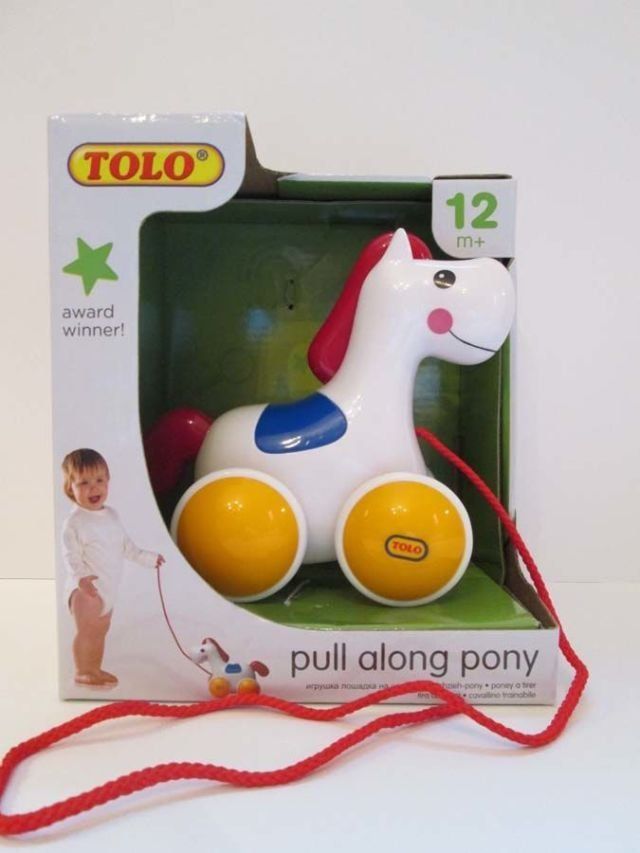
- Mattel's Wonder Woman Battle-Action Sword
This sword is made from rigid plastic that can cause facial injuries when children are play-fighting with them.

- Kipp Brothers' Hand Fidgetz Spinners
Most fidget spinners have detachable rings that can become a choking hazard once removed from the spinner.
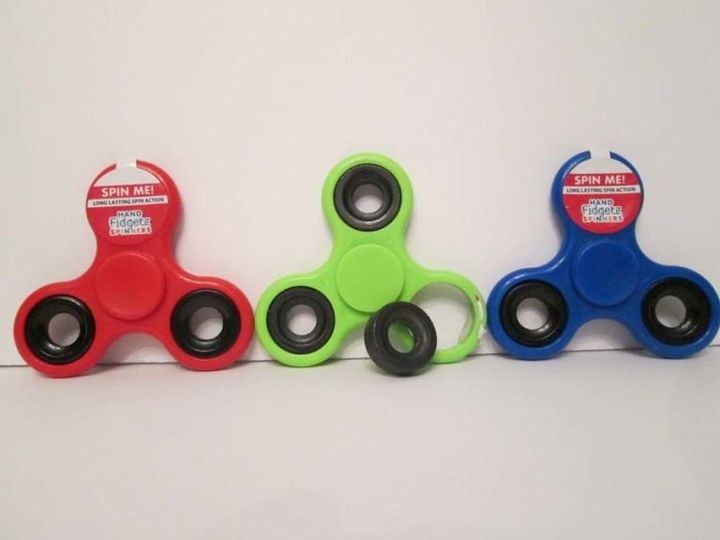
- Mattel's Spider-Man Spider-Drone (Official Movie Edition)
This drone has high-speed rotating blades that can cause serious injury to fingers, eyes and faces.
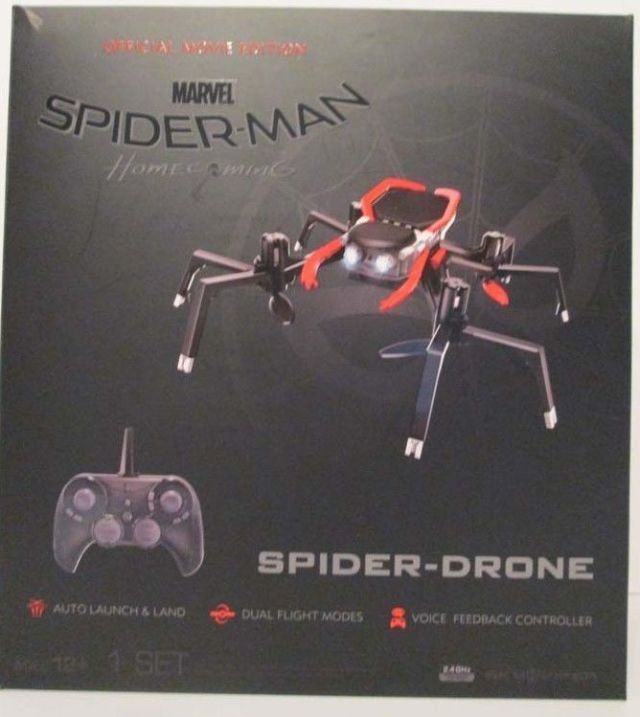
- Hasbro's Nerf Zombie Strike Deadbolt Crossbow
Designed specifically to fire projectiles, this "crossbow" poses a risk of eye and facial injuries.

- Slackers Slackline Classic Series Kit
This acrobatic kit is marketed as 5+, but the potential for injuries from falls is very high with this tightrope-like device – and the line itself could be a strangulation risk.

- Plan Toys' Oval Xylophone
This toy comes with a small, narrow drumstick that would be easy for a baby to stick down their throat, causing injury and obstruction.

- Razor's Jetts Heel Wheels
These strap-on wheels have a skid pad that creates real sparks when braking. These sparks are a burn risk, as they could ignite hair and certain fabrics.

- Melissa & Doug's Brianna Babydoll
This doll has many small items that are removable and could be a choking hazard to babies and small children.
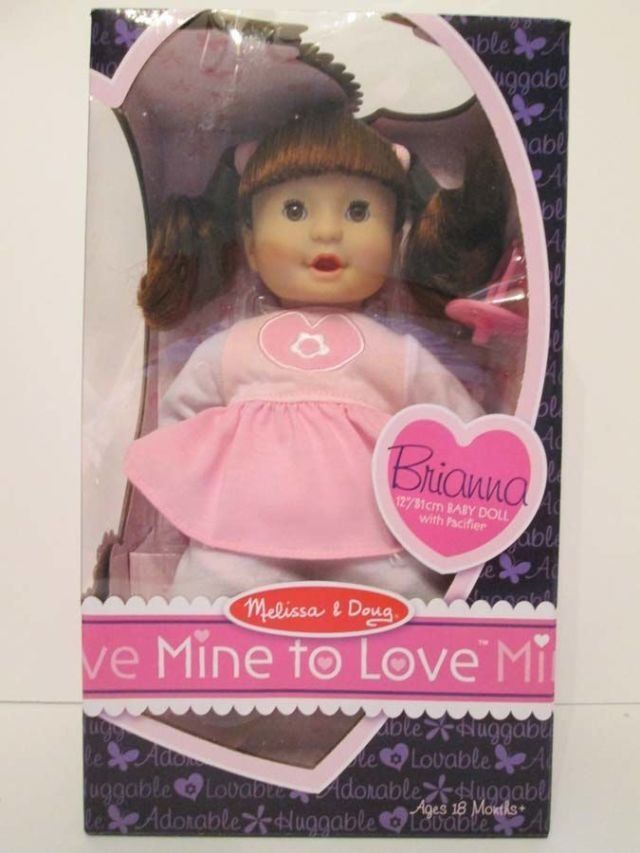
Haslam has this advice to parents:
1. Safety first
On top of avoiding the above toys, parents should always look at types of toys that pose dangers. For example, choking is a leading type of toy injury – toys for children six and under often include small parts, and children get toys that are too small for them, despite the warning label.
Haslam says that in its toy recall report for 2017, Safe Kids Worldwide lists top toy recalls for the year based on their danger and the number of units. Included are several models of self-balancing scooters or hoverboards, plush toys, and list-up spinners. In total, the list represented a staggering 3,605,310 units.
2. Internet buyers must be careful
WATCH compares the internet to the Wild West when it comes to outlawed toys – and unfortunately, sometimes there aren't checks and balances in place to prevent the online sale of recalled toys that are are already deemed unsafe. The organisation also cautions against consumer-to-consumer second-hand sales, which are inconsistently monitored – if monitored at all – as they provide new opportunities for recalled toys to surface.
3. Product liability claims
Haslam says that if you or a dependant is injured by a dangerous toy that doesn't carry the required warnings, you might be entitled to claim damages and that under South African law, manufacturers, retailers, distributors and suppliers can all be held liable for damages caused by defective or hazardous products.
The Consumer Protection Act of 2008 was introduced to safeguard South African consumers from flawed or defective goods, whether the goods are locally produced or imported. "It provides clear remedies for those affected by defective or dangerous merchandise," she explained. "A consequence of the act is that the onus is no longer on the consumer to prove fault or negligence in a product-liability claim. The entire supply chain is now required by law to ensure that all products are safe for their intended uses."
